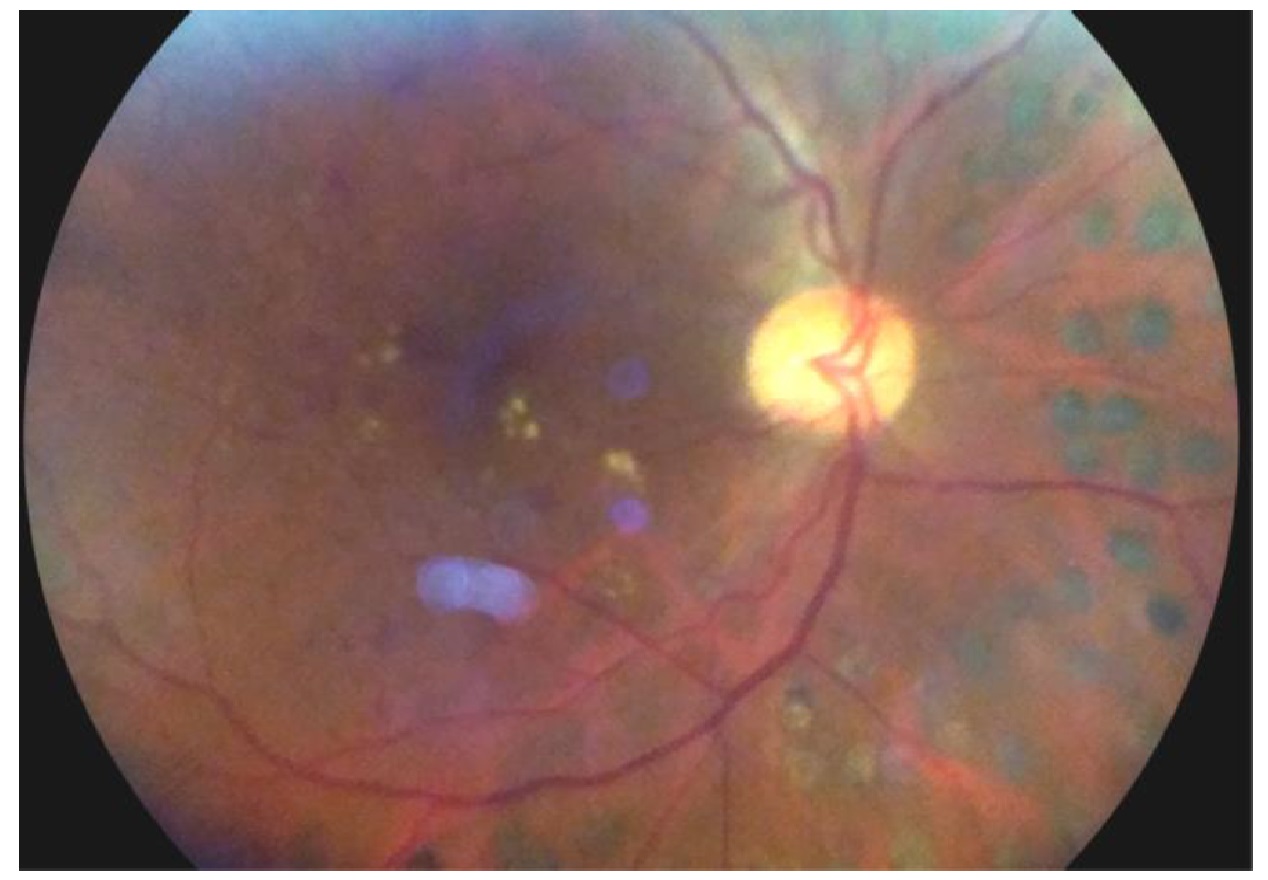A case study on effect of Vasakadhi Kvatha and Katakadhi Anjana in the management of Diabetic Retinopathy
Keywords:
Ayurveda, Diabetic Retinopathy, Katakadhi Anjana, Vasakadhi Kwatha, Case studyAbstract
Background: A known case of diabetic male subject aged 61 years for the past 15 years presented with complaints of blurness of both distant and near vision of both eyes. Methodology: Patient was administered with 50 ml of Vasakadi Kvatha given internally and Katakadhi Anjana drops was administered in each eye twice daily Conclusion: Treatment is done based upon medicines which have Madhumehahara properties, Shothagana properties, Shonita Sthapana, Ropana, Kaphanisaraka, Rakta Prasadana, Sroto Dushti Nirharana, Chaukshya and Balya properties.
Downloads
References
Kanski JJ, Clinical Ophthalmology by, Elsevier publication; 6th edition, 2007;Pg566
Saeedi P, Petersohn I, Salpea P, Malanda B, Karuranga S, Un-win N, et al. Global and regional diabetes prevalence estimates for 2019 and projections for 2030 and 2045: results from the International Diabetes Federation Atlas, 9th edition. Diabetes Research and Clinical Practice 2019; Vol. 157
Yau JW, Rogers SL, Kawasaki R, Lamoreux EL, Kowalski JW, Bek T, et al., Global prevalence and major risk factors of diabetic retinopathy, Diabetes Care, 2012, Vol. 35, Issue 3, pgs. 556-64
Lee R, Wong TY, Sabanayagam C, Epidemiology of diabetic retinopathy, diabetic macular oedema and related vision loss, Eye and Vision, 2015, Vol. 2, Issue 17, pgs. 1-25
Prashant Nishad: A Conceptual Study on Diabetic Retinopathy and Its Management through Ayurveda; ayurpub; III(6): 1127-1132.
Vr̥nda, Tivārī P. Vr̥ndamādhava, athavā, Siddhayoga. 1st ed. Vārāṇasī: Caukhambhā Viśvabhāratī; 2007.p.62
Śārṅgadhara. Śrīvāstava S. Śārṅgadharasaṃhitā. 8th ed. Vārāṇasī: Caukhambhā Oriyaṇṭāliyā; 1996.p.504Khan, R., Shamsi, Y. and Nikhat, S., 2020. Medicinal Benefits of Adhatoda Vasica Nees. - In Unani and Contemporary Medicine. CellMed, 10(2), p.3.
Sanmuga Priya E, Venkataraman S. Anti-inflammatory effect of Strychnos potatorum. seeds on acute and subacute inflammation in experimental rat models. Pharmaceutical biology. 2007 Jan 1;45(6):435-9
Abd Rahim. Evaluation of Visual Acuity and Macular Thickness Post Focal Laser with and without Supplementary Honey in Diabetic Macular Oedema (Doctoral Dissertation, Universiti Sains Malaysia
Netraprakashika Edited and translated in Sanskrit by Sharma P.M.D and Varadarajan I.V. New Delhi; CCRAS Publication; 1994.p.76















